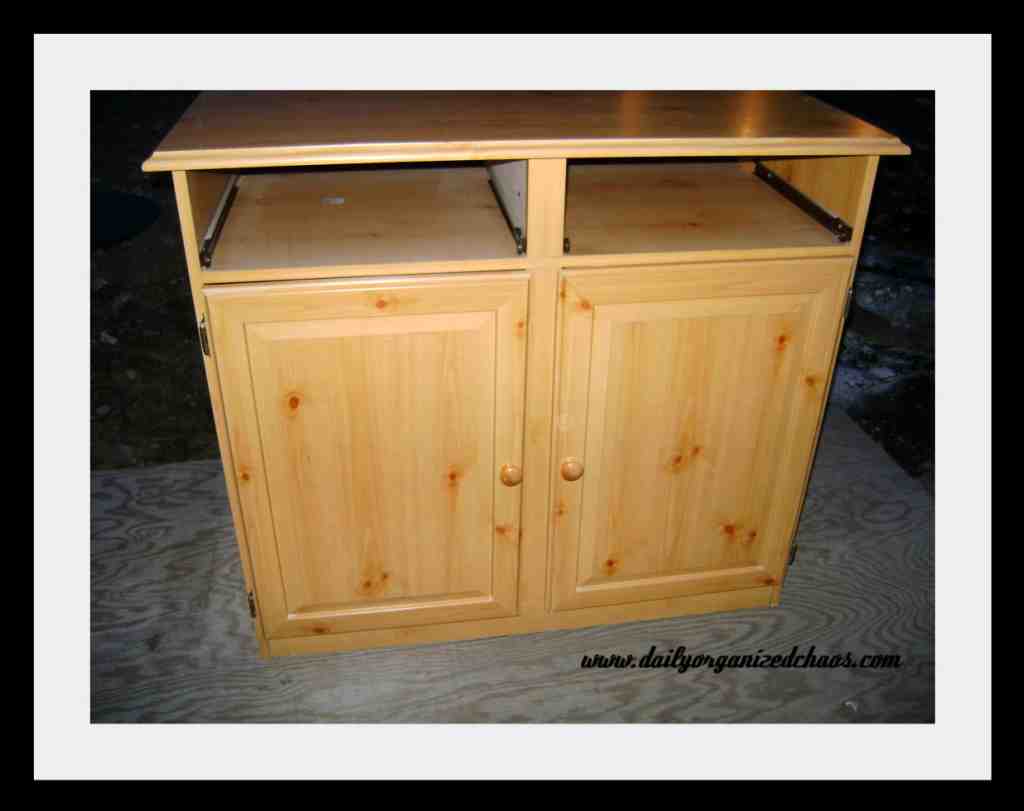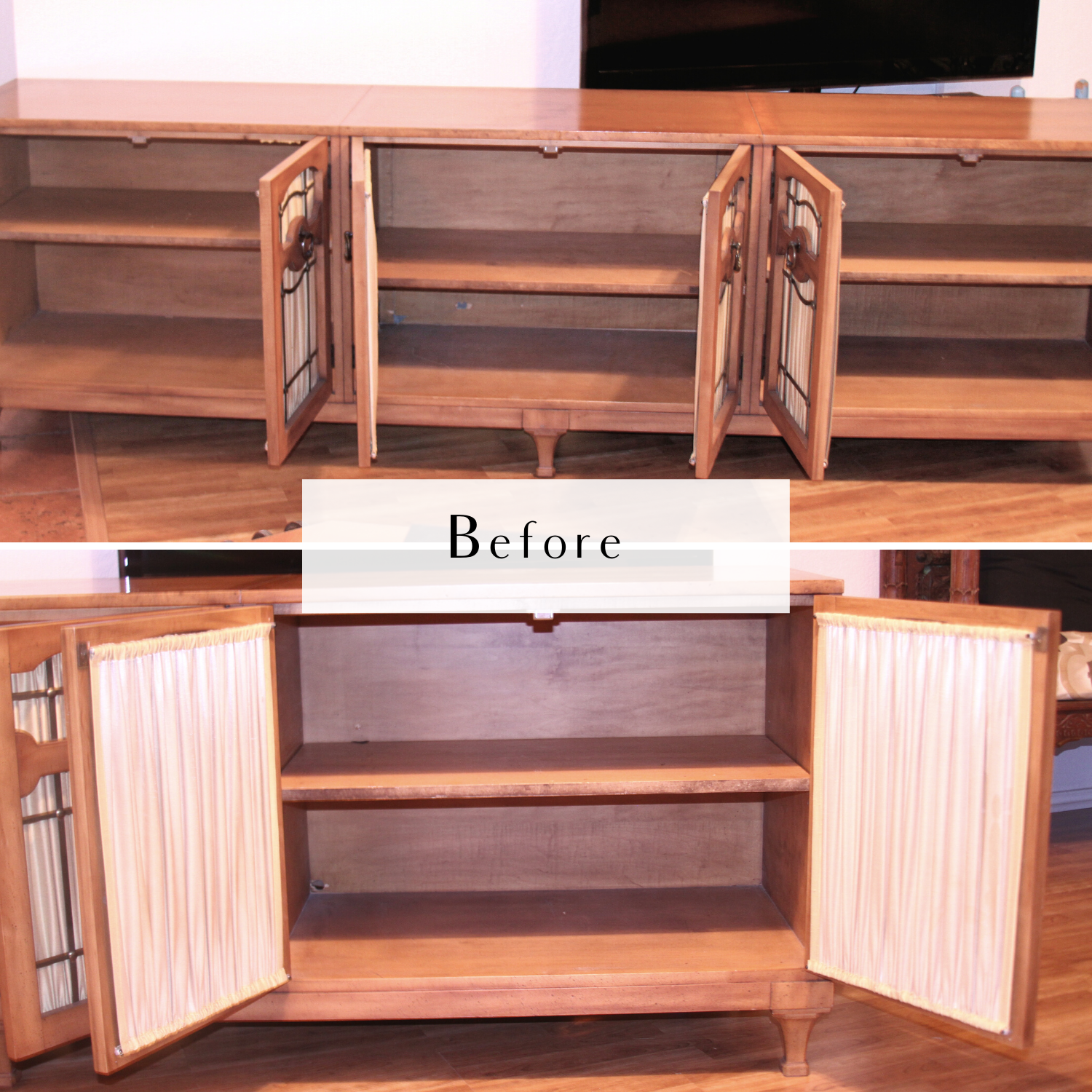Planning and Design

Planning and designing your DIY buffet cabinet is the foundation for a successful project. It’s where you visualize your dream cabinet, determine its size, style, and functionality, and decide on the materials you’ll use. This phase sets the stage for the construction process, ensuring your final creation aligns with your vision and needs.
Choosing the Right Size and Style
The size and style of your buffet cabinet are crucial considerations. You need to determine how much space you have available and how much storage you require. Additionally, the style should complement your existing furniture and decor.
- Measure the Space: Before you start designing, measure the area where you plan to place the buffet cabinet. Consider the width, depth, and height of the space, and leave enough room for doors to open and drawers to slide smoothly.
- Decide on the Style: Do you prefer a traditional, modern, or rustic style? Consider the overall aesthetic of your dining room or kitchen. A traditional buffet cabinet might feature ornate carvings and detailed moldings, while a modern cabinet could have sleek lines and minimalist design elements. A rustic cabinet might incorporate reclaimed wood or distressed finishes.
- Think about Functionality: What will you use the buffet cabinet for? Will you store dishes, linens, or other items? Consider adding features like drawers, shelves, or a built-in wine rack to meet your specific needs.
Designing a Unique Feature
Adding a unique feature to your buffet cabinet can elevate its design and functionality. Here’s an idea for a built-in wine rack:
- Built-in Wine Rack: Integrate a wine rack into the cabinet’s design by creating a dedicated section with angled shelves or slots to store wine bottles. This not only adds a stylish touch but also provides convenient storage for your wine collection.
Essential Tools and Materials
To build a buffet cabinet, you’ll need the following tools and materials:
- Tools: A circular saw, jigsaw, drill, sander, tape measure, level, hammer, screwdriver, and clamps.
- Materials: Wood (plywood, MDF, or solid wood), screws, nails, wood glue, paint or stain, hinges, drawer slides, and hardware.
Wood Types for Buffet Cabinets
Choosing the right wood for your buffet cabinet is important. Here’s a comparison of popular wood types:
- Plywood: A cost-effective and durable option. It’s often used for cabinet boxes and shelves due to its stability and resistance to warping.
- MDF (Medium-density Fiberboard): A smooth and consistent material, ideal for creating intricate designs and smooth surfaces. However, it’s not as strong as solid wood and can be susceptible to moisture damage.
- Solid Wood: The most expensive option but also the most durable and beautiful. Solid wood provides a natural, unique grain pattern and can be finished with various stains and paints. Popular choices include oak, maple, cherry, and walnut.
Construction Techniques

Building a buffet cabinet requires careful planning and execution, and the construction techniques employed directly influence the final outcome. This section explores the key steps involved in crafting a sturdy and functional cabinet, from creating the frame to installing hardware.
Building the Cabinet Frame
The cabinet frame serves as the foundation for your buffet. Its strength and stability are crucial to support the shelves, drawers, and doors. Building a frame involves a series of steps:
- Cutting the Wood: Start by accurately cutting the wood pieces for the frame using a saw. Choose a quality hardwood like oak, maple, or cherry for durability. Ensure your cuts are precise to create a well-fitted frame.
- Joining the Wood: Once cut, join the pieces using either mortise-and-tenon joints or pocket holes for a strong and secure connection. Mortise-and-tenon joints offer a traditional and elegant look, while pocket holes are a simpler and faster method.
- Securing the Wood: After joining, reinforce the frame by attaching corner blocks or braces for added stability. Use wood glue and screws for a permanent bond.
Creating Custom Cabinet Doors and Drawers
Customizing your cabinet doors and drawers allows you to personalize your buffet and achieve the desired aesthetic. Here are some techniques:
- Traditional Construction: Construct doors and drawers using traditional joinery methods like dovetail joints, rabbet joints, or miter joints. These techniques require precise cuts and meticulous craftsmanship.
- Frame-and-Panel Construction: This method involves building a frame around a solid panel for a classic and elegant look. The panel can be flat or raised for added dimension.
- Modern Construction: For a contemporary look, use plywood or MDF for door and drawer panels and construct a simple frame. Consider using decorative edge banding for a polished finish.
Common Cabinet Construction Mistakes to Avoid, Diy buffet cabinet ideas
Even experienced DIYers can make mistakes. Here are some common pitfalls to watch out for:
- Inadequate Wood Preparation: Always sand and finish the wood pieces before assembly to prevent warping and ensure a smooth finish.
- Inaccurate Cuts: Precise cuts are essential for a well-fitted frame and doors. Use a miter saw or a table saw for accurate results.
- Weak Joints: Utilize strong joining techniques and reinforce corners with blocks or braces for a sturdy cabinet.
- Overtightening Screws: Overtightening screws can split the wood. Use a torque wrench or hand tighten to prevent damage.
Attaching Hardware
Once the cabinet is assembled, it’s time to install the hardware:
- Hinges: Choose hinges that match the style of your cabinet. Install them securely to ensure the doors open and close smoothly.
- Handles: Select handles that complement the design and are comfortable to grip. Position them strategically for easy access.
- Drawer Slides: Install drawer slides that provide smooth operation and ample weight capacity. Consider soft-close slides for a luxurious touch.
Finishing Touches: Diy Buffet Cabinet Ideas

The final stage of your DIY buffet cabinet project involves adding the finishing touches that will transform your creation from a basic structure to a beautiful and functional piece of furniture. This stage encompasses sanding, priming, painting or staining, adding decorative elements, and applying a protective finish.
Sanding, Priming, and Painting or Staining
Sanding, priming, and painting or staining are crucial steps in achieving a smooth, even, and durable finish for your buffet cabinet.
- Sanding: Sanding prepares the surface for priming and painting or staining by smoothing out any imperfections and creating a uniform texture. Start with coarse-grit sandpaper (80-120 grit) to remove any rough edges or scratches, followed by progressively finer grits (150-220 grit) for a smoother finish.
- Priming: Priming creates a barrier between the wood and the paint or stain, promoting better adhesion and preventing the wood from absorbing the finish unevenly. Choose a primer that is compatible with the type of paint or stain you plan to use. Apply the primer evenly using a brush, roller, or spray gun.
- Painting or Staining: Painting or staining adds color and protection to the buffet cabinet. For painting, use high-quality paint and apply it in thin, even coats, allowing each coat to dry completely before applying the next. For staining, choose a stain that complements the wood and apply it according to the manufacturer’s instructions.
Adding Decorative Elements
Decorative elements can enhance the visual appeal and personalize your buffet cabinet.
- Molding: Molding can add visual interest and architectural detail to the cabinet. It can be applied to the edges, corners, or as decorative accents. Common molding styles include crown molding, chair rail molding, and baseboard molding.
- Trim: Trim is a narrow strip of wood used to cover the edges of doors, drawers, or panels. It can be plain or decorative and can be painted or stained to match the cabinet.
- Hardware: Hardware, such as handles, knobs, and hinges, can add a touch of style and functionality to the buffet cabinet. Choose hardware that complements the overall design of the cabinet and is durable enough for everyday use.
Applying a Protective Finish
A protective finish, such as varnish or polyurethane, seals the surface of the buffet cabinet and protects it from scratches, stains, and moisture.
Applying a protective finish is the final step in creating a durable and long-lasting buffet cabinet.
- Choose the Right Finish: Varnish and polyurethane are common protective finishes for wood. Varnish offers a glossy finish, while polyurethane can be matte, satin, or gloss. Consider the level of protection and the desired finish when choosing a protective finish.
- Prepare the Surface: Before applying the finish, ensure the surface is clean, dry, and dust-free. Any remaining dust or debris can become trapped in the finish, creating imperfections.
- Apply in Thin Coats: Apply the protective finish in thin, even coats, allowing each coat to dry completely before applying the next. Too much finish in one coat can cause it to become cloudy or sticky.
- Sand Between Coats: Sand lightly between coats with fine-grit sandpaper (220-400 grit) to smooth out any imperfections and create a smooth, even finish.
Incorporating Personal Touches
Personal touches can make your DIY buffet cabinet truly unique.
- Distressed Finish: Create a vintage or rustic look by distressing the paint or stain using sandpaper, wire brushes, or other tools.
- Stencils or Decals: Add patterns or designs using stencils or decals.
- Custom Hardware: Choose unique hardware that reflects your personal style.
- Lighting: Incorporate lighting to highlight the cabinet’s features and create a warm and inviting ambiance.
DIY buffet cabinet ideas are totally lit! You can totally upcycle old cabinets or even build one from scratch. If you want to keep things organized, you can use vertical file cabinet metal dividers to separate your dishes and stuff.
They’re super versatile and can be used in all sorts of DIY projects, like a buffet cabinet.
DIY buffet cabinet ideas are super rad, and you can totally level up your game with some killer hardware. Check out mid century modern cabinet handles for some serious vintage vibes. They’ll add a touch of class to your buffet and make it the coolest piece in your whole house, no cap.
